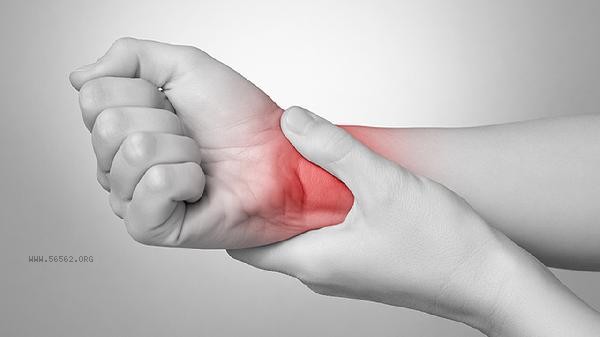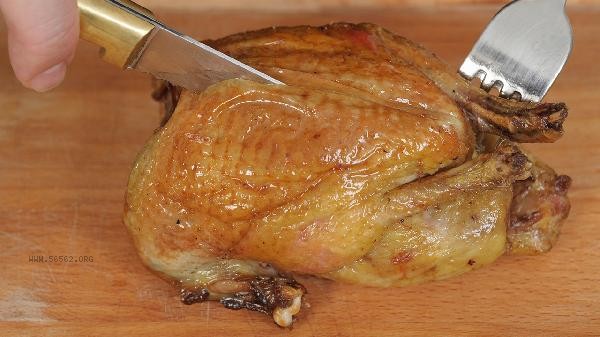Exercising the forearm muscles can be achieved without the use of equipment through methods such as hand grip training, reverse wrist bending exercises, towel twisting, finger push ups, and hanging grip strength exercises.

1. Hands on grip training
Repeatedly clenching and stretching with bare hands can effectively stimulate the forearm flexor muscle group. Fully open your fingers and clench your fist vigorously for a few seconds. Repeat this process to enhance grip strength and muscle endurance. It is recommended to practice in groups every day, with each group's movements lasting until there is a slight feeling of soreness and swelling in the forearm. It is suitable to perform at any time during office breaks or at home.
2. Reverse Wrist Bend
Sitting posture: Place the forearm flat on the table, hang the palm downwards, and lift the back of the hand upwards only with the strength of the wrist. This action focuses on exercising the forearm extensor muscle group and has an auxiliary effect on improving mouse hand symptoms. Pay attention to controlling the amplitude of movements to avoid joint damage, and complete slowly in conjunction with the rhythm of breathing.
3. Twist the towel
After soaking the towel, grip both ends tightly and twist them in opposite directions to simulate the action of wringing out clothes. This resistance training can fully activate the forearm pronator and supinator muscle groups, while enhancing finger coordination. It is recommended to choose thick towels with good water absorption to increase resistance, and practice each group until muscle fatigue occurs.

4. Finger push up
adopts the standard push up posture but supports the ground with fingertips, which can significantly improve the load-bearing capacity of the forearm and finger joints. Beginners can gradually transition from a kneeling position, paying attention to maintaining a neutral wrist position to avoid excessive bending. This movement can also strengthen the core muscle group and is suitable for people with a certain foundation to practice.
5. Suspension Grip Strength Exercise
Use door frames or horizontal bars for static suspension, and exercise the forearm grasping muscle group based on one's own weight. Maintain a suspended body for 15-30 seconds, with a focus on feeling the continuous contraction of the forearm muscles. As strength increases, one can try single arm suspension, but it is important to take gradual steps to prevent tendon strain. When conducting forearm training, attention should be paid to the quality of movements rather than quantity, and sufficient rest should be taken after each group of exercises to avoid excessive fatigue. Hot compress or massage can be applied to the wrist and fingers before and after training to promote blood circulation. Daily activities such as kneading rubber clay and spinning fitness balls can assist in exercise, while ensuring sufficient protein intake to help muscle repair. If there is persistent pain or joint discomfort, training should be paused and professional rehabilitation advice should be sought.









Comments (0)
Leave a Comment
No comments yet
Be the first to share your thoughts!